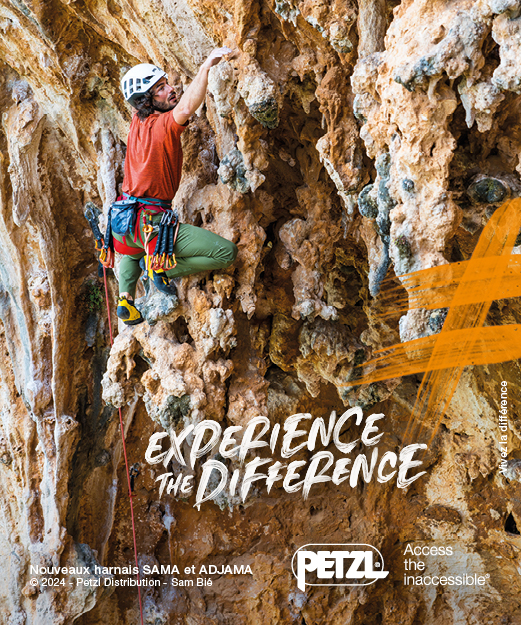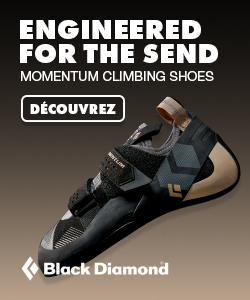Lean into Your Weakness (es) to Become a Better Climber

The diversity of weakness (es) and strengths does not just appear at 5.13a, of course, but applies to climbers of all levels, pointing to the fact that an untold number of variables account for climbing ability.
This revelation is incredibly encouraging, because it means that no matter who you are, there will always be some unique way to achieve your goals. It also means that no matter how strong or dialed you might be in one facet of climbing, there is almost always some other area of weakness where you can improve.
For example, if you’ve spent a season working hard but still feel stagnant, perhaps a fresh focus on strategy or attention to detail with technique could be your key to moving your climbing forward. Here are four key ways to lean into your weaknesses to become a better climber.
1. Beta Memory
Effectively remembering and recalling beta cuts down dramatically on the number of tries it takes to do your project. In climbing, we are aiming to remove as much hesitation as we can. And when you waste time and energy searching for a foothold or fumbling at a clipping stance, you’re decreasing your chances of success.
A climber with very solid beta memory can recite every single foot- and handhold on an 80-foot route after just one burn. The good news is, if you can’t do this now, it’s a skill you can work to improve.
One of the best exercises to improve beta memory is to visualize your route or boulder problem as often as you can. Especially on rest days. It may also help to take video or voice memos of your route’s beta if you find you’re having trouble visualizing the route from memory alone.
Another great exercise is to have a friend point out a 20- to 30-move traverse at the gym or your local bouldering area. You then try to climb it without having your friend repeat the beta, only calling out for help once or twice if you forget the sequence. If you’re training alone, try this by intentionally not using the lights on the Moon, Kilter, or Tension board. Look up the problem on the app, then climb it from memory alone.
Read more and see another article about how to improve by simply climbing








